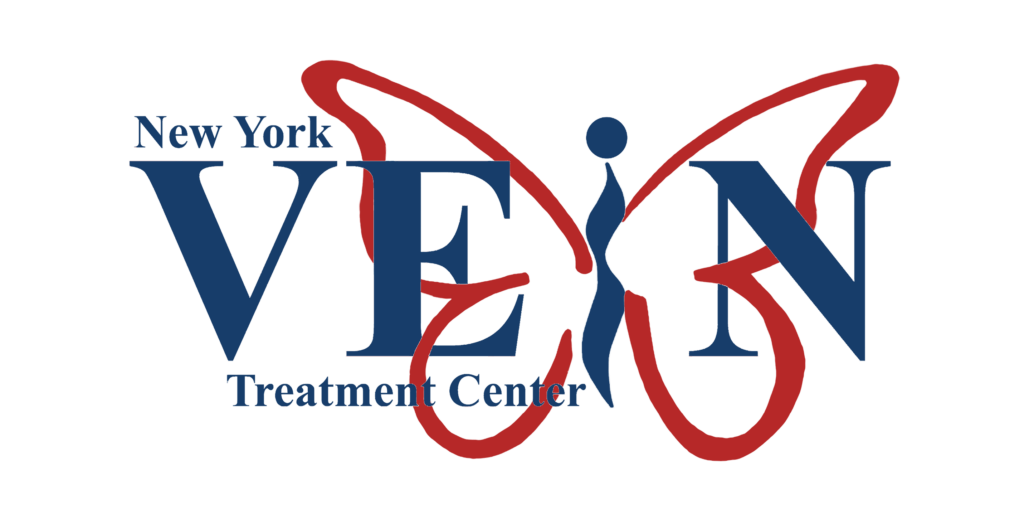Chronic venous insufficiency (CVI) is a condition that affects millions of people worldwide. While CVI is a common condition, it’s often underdiagnosed and undertreated. It’s important to consult with a chronic venous insufficiency specialist to properly diagnose and treat CVI.
At the New York Vein Treatment Center, we have specialists trained in diagnosing and managing CVI who can recommend a treatment plan tailored to your needs.
In this blog post, we’ll answer some commonly asked questions associated with CVI.
What is chronic venous insufficiency?
CVI is a medical condition that occurs when the veins in the legs fail to efficiently return blood to the heart. This can cause blood to pool in the veins, leading to swelling and discomfort.
CVI can cause a range of symptoms:
- Leg pain
- Swelling
- Skin changes
- Varicose veins
How is chronic venous insufficiency diagnosed?
To diagnose CVI, a chronic venous insufficiency specialist will typically begin by taking a detailed medical history and conducting a physical examination.
During the physical exam, a specialist will examine your legs for signs of swelling, varicose veins, and skin changes such as discoloration, thickening, or ulceration. A provider may also measure the circumference of the legs to assess for any asymmetry.
If CVI is suspected, a chronic venous insufficiency specialist may order additional tests to confirm the diagnosis.
Doppler Ultrasound
This non-invasive test uses sound waves to evaluate the blood flow in the legs and can identify any abnormalities in the veins.
Venogram Test
This test involves injecting a contrast dye into the veins and taking X-rays to visualize blood flow.
Imaging Tests
CT or MRI scans can identify any structural abnormalities in the veins or assess the extent of damage to the veins.
Once a diagnosis of CVI is confirmed, a chronic venous insufficiency specialist will work with you to develop an individualized treatment plan.
How is chronic venous insufficiency treated?
There are several treatment options available to manage the symptoms of CVI. Consult a chronic venous insufficiency specialist to discover the best treatment options for you.
Compression Therapy
Compression therapy is a non-invasive treatment option that involves wearing compression stockings or bandages to improve blood flow in the legs. Compression therapy works by squeezing the legs to reduce the diameter of the veins, thereby increasing blood flow to the heart.
This treatment can help reduce swelling and pain associated with CVI.
Lifestyle Changes
Lifestyle changes such as regular exercise, weight management, and avoiding prolonged periods of standing or sitting can help improve blood flow in the legs.
Exercise can help strengthen the legs’ muscles, improving blood flow. Maintaining a healthy weight can also reduce the pressure on the veins in the legs, further reducing the risk of CVI.
Prescribed Medications
A chronic venous insufficiency specialist can prescribe several medications to manage your symptoms of CVI.
These medications include diuretics, which can help reduce swelling, and anticoagulants, which can prevent blood clots from forming in the legs.
Minimally Invasive Procedures
For severe cases of CVI, your specialist may recommend minimally invasive procedures such as endovenous laser treatment or radiofrequency ablation. These procedures involve using laser or radiofrequency energy to destroy the affected veins, which can improve blood flow in the legs.
Surgical Procedures
In rare cases, surgery may be necessary to treat CVI. Surgical options include vein stripping, where the affected veins are removed, or bypass surgery, where a new vein is grafted onto the affected area to improve blood flow.
Can chronic venous insufficiency be prevented?
While there is no guaranteed way to prevent CVI, there are steps that individuals can take to reduce their risk.
Maintain a Healthy Weight
One of the key ways to prevent CVI is to maintain a healthy weight. Eating a balanced diet and regular exercise can help individuals maintain a healthy weight and reduce their risk of CVI.
Move Around Frequently
Another important step is to avoid sitting or standing for long periods. When the legs are stationary for extended periods, blood can pool in the veins and cause damage over time.
Individuals who work in jobs that require prolonged sitting or standing should take frequent breaks and move around to keep blood flowing.
Wear Compression Stockings
Compression stockings are often recommended for individuals who have already developed CVI but can also be worn as a preventative measure. These tight-fitting garments support the veins and help blood flow more efficiently.
What are the risk factors for developing CVI?
While anyone can develop CVI, certain risk factors increase the likelihood of developing this condition. When meeting with a chronic venous insufficiency specialist, it’s important to disclose any prior medical history.
Age
Age is one of the most significant risk factors for CVI. As we get older, the veins in our legs become less elastic and less able to maintain proper blood flow, which can lead to CVI.
Additionally, women are more likely to develop CVI than men, especially during pregnancy and menopause, when hormonal changes can affect blood flow.
Obesity
Obesity is another risk factor for CVI. Carrying excess weight puts additional pressure on the veins in the legs, making it harder for them to circulate blood effectively.
In addition, a sedentary lifestyle can also contribute to the development of CVI, as sitting or standing for long periods can lead to decreased blood flow.
Family History
Other risk factors for CVI include a family history of the condition, smoking, and certain medical conditions such as deep vein thrombosis (DVT) or varicose veins.
People who have had leg surgery or have experienced a leg injury may also be at increased risk for CVI.
Medical Conditions
CVI can result from a previous deep vein thrombosis (DVT) episode. DVT occurs when blood clots form in the deep veins of the legs. If not adequately treated, DVT can cause permanent damage to the veins, leading to venous insufficiency.
Other conditions, such as diabetes and high blood pressure, can also increase the risk of CVI.
Partner With a Chronic Venous Insufficiency Specialist To Improve Your Quality of Life
At the New York Vein Treatment Center, we can give you valuable insights into managing CVI symptoms, preventing complications, and optimizing your vascular health.
Schedule a consultation with a chronic venous insufficiency specialist today!

Dr. Lev Mark Khitin, a leading cardiovascular and thoracic surgeon, is the founder of the New York Vein Treatment Center. With almost 20 years of experience and over 20,000 successful vein procedures, he is a renowned expert in the diagnosis and treatment of venous disease. Dr. Khitin’s patient-centered approach and advanced surgical skills have consistently delivered excellent results, making him a prominent figure in the field.


